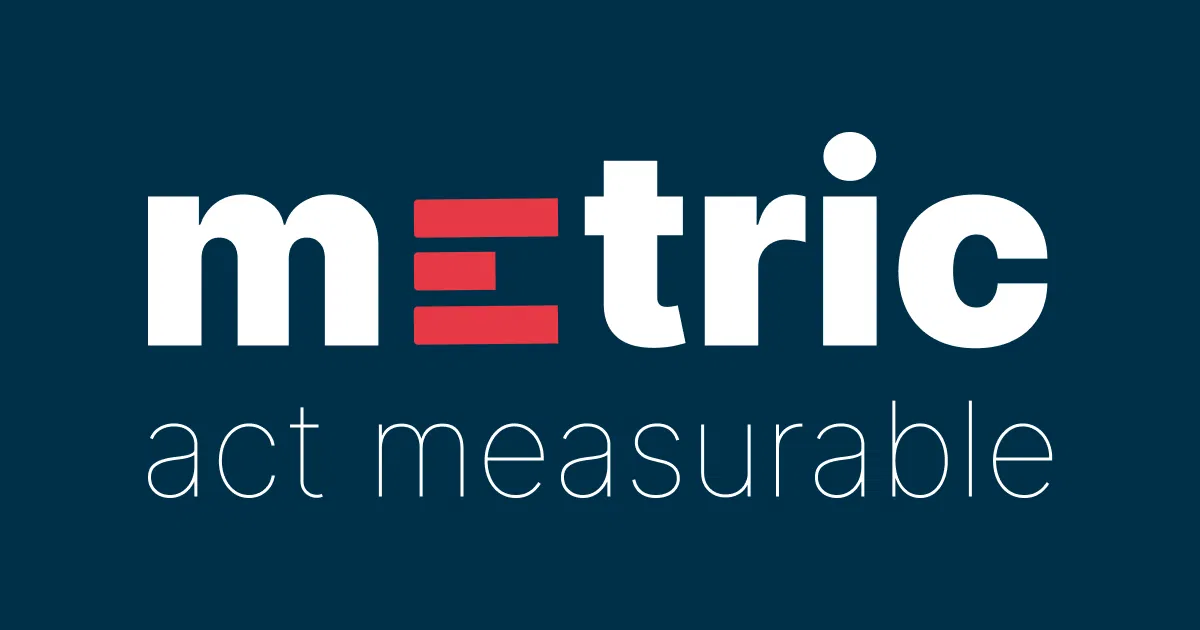00 Preliminaries: Sets, Combinatorics, Functions
 լուսանկարի հղումը, Հեղինակ՝ Misak Aghababyan
լուսանկարի հղումը, Հեղինակ՝ Misak Aghababyan
📚 Նյութը
- 📚 Ամբողջական նյութը
- 📺 Բազմություններ, կոմբինատորիկա, արտապատկերումներ
- 🎞️ Սլայդեր
- 🛠️📺 Գործնականի տեսագրությունը
- 🛠️🗂️ Գործնականի PDF-ը
Մինչ բուն նյութին անցնելը ծանոթանում ենք մի քանի նախնական կարևոր գաղափարների՝
- Բազմություններ (գործողություններ, կցման-արտաքսման սկզունք, դեկարտյան արտադրյալ)
- Զուգորդություններ, կարգավորություններ
- Ֆունկցիաներ (պատկեր, նախապատկեր, ինյեկտիվ, սյուրյեկտիվ, բիյեկտիվ, կենտ, զույգ)
📚 Տանը կարդում ենք՝
- Գևորգյան, Սահակյան 12 83-88 (բազմություններ), 91-103 (կոմբինատորիկա) էջերը
- Stewart 59-62 (ֆունկցիայի հակադարձ), 17-18 (զույգ և կենտ ֆունկցիա) էջերը
Բոլոր գրքերը այստեղ են։
🏡 Տնային
- ❗❗❗ DON’T CHECK THE SOLUTIONS BEFORE TRYING TO DO THE HOMEWORK BY YOURSELF❗❗❗
- Please don’t hesitate to ask questions, never forget about the 🍊karalyok🍊 principle!
- The harder the problem is, the more 🧀cheeses🧀 it has.
- Problems with 🎁 are just extra bonuses. It would be good to try to solve them, but also it’s not the highest priority task.
- If the problem involve many boring calculations, feel free to skip them - important part is understanding the concepts.
- Submit your solutions here (even if it’s unfinished)
Sets
01 Two-annotator inclusion–exclusion
Out of 1,000 images, annotator \(A\) flags 260 as “elephant,” annotator \(B\) flags 310 as “elephant,” and both flag 190.
- How many images at least one annotator called “elephant”?
- How many images neither annotator called “elephant”?
02 Train/Test split
You collected 200 images. Train set \(T\) has 140 indices; Test set \(S\) has 60. We noticed an overlap \(|T\cap S|=4\).
- Are the splits disjoint? If not, how many unique images actually exist across both sets?
- How many items must be moved to make \(T\) and \(S\) disjoint with target sizes \(140\) and \(60\) (no duplicates)? Propose a minimal-move strategy.
03 Divisibility via inclusion–exclusion
How many integers in \({1,\dots,100}\) are divisible by \(5\) or \(7\).
04 Inclusion-exclusion principle for 3 sets
Figure out the equation of the inclusion-exclusion principle for 3 sets. You may find it useful to draw a Venn diagram.
Combinatorics
05 Augmentation pipeline counting
An image pipeline does: random crop (3 sizes), color jitter (on/off), horizontal flip (on/off), and chooses one of 4 background textures.
Assuming independence, how many distinct augmentation “recipes” can be produced for a given image? Example recipe is (crop: 2nd size, flip: 1 (on), texture: 3rd type).
06 Two hyperparameters — combinations
Let hyperparameter set \(H_1\) have \(m\) options and \(H_2\) have \(n\) options.
If we want to try the whole grid of options how many combinations do we have? How is the set of all combinations called?
07 Armenian car plates
Armenian cars have the format DD LL DDD, digits 0–9, letters A–Z, repetition allowed.
- How many distinct plates exist?
- How does the answer change if letters cannot repeat inside the same plate?
08 Anagrams of “cheeses”
How many distinct words can you form by rearranging the letters of “cheeses”? (Handle repeated letters carefully.)
Functions
09 (my favorite exercise) Real-world examples
Give one real-life example (and short justification) for 1. injective 2. surjective and 3. bijective mapping.
10 Counting small functions
How many functions \(f:\{1,2,3\}\to\{a,b\}\)?
How many are injective? How many are surjective? (Hint: total is \(2^3\).)
11 Even/odd — activation symmetry
Classify each as even, odd, or neither, and briefly note the symmetry implication:
- \(f(x)=x^2\)
- \(g(x)=x^3\)
- \(p(x)=\max(0,x)\) (same as above, but the name is
REctified Linear Unit (ReLu)) - \(s(x)=\frac{1}{1+e^{-x}}\) (this function is called
Sigmoidand we’ll encounter it a lot in ML) (if the function is neither please specify what we can do with it to make it even/odd)
12 Function properties
Given \(f:\mathbb{R}\to\mathbb{R}\), \(f(x)=x+3x^2\), determine:
- Is it injective or not?
- Is it surjective or not?
- Is it bijective or not?
- What is the image of \(A\) under \(f\), when \(A=[-1,2]\)?
- What is the preimage of \(B\) under \(f\), when \(B=[0,5]\)?
13 Both even and odd
Describe all functions \(f:\mathbb{R}\to\mathbb{R}\) that are simultaneously even and odd.
14 Inclusion–exclusion for surjections
Count surjective functions \(f:\{1,2,3,4\}\to\{a,b,c\}\) using inclusion–exclusion. Show your work.
